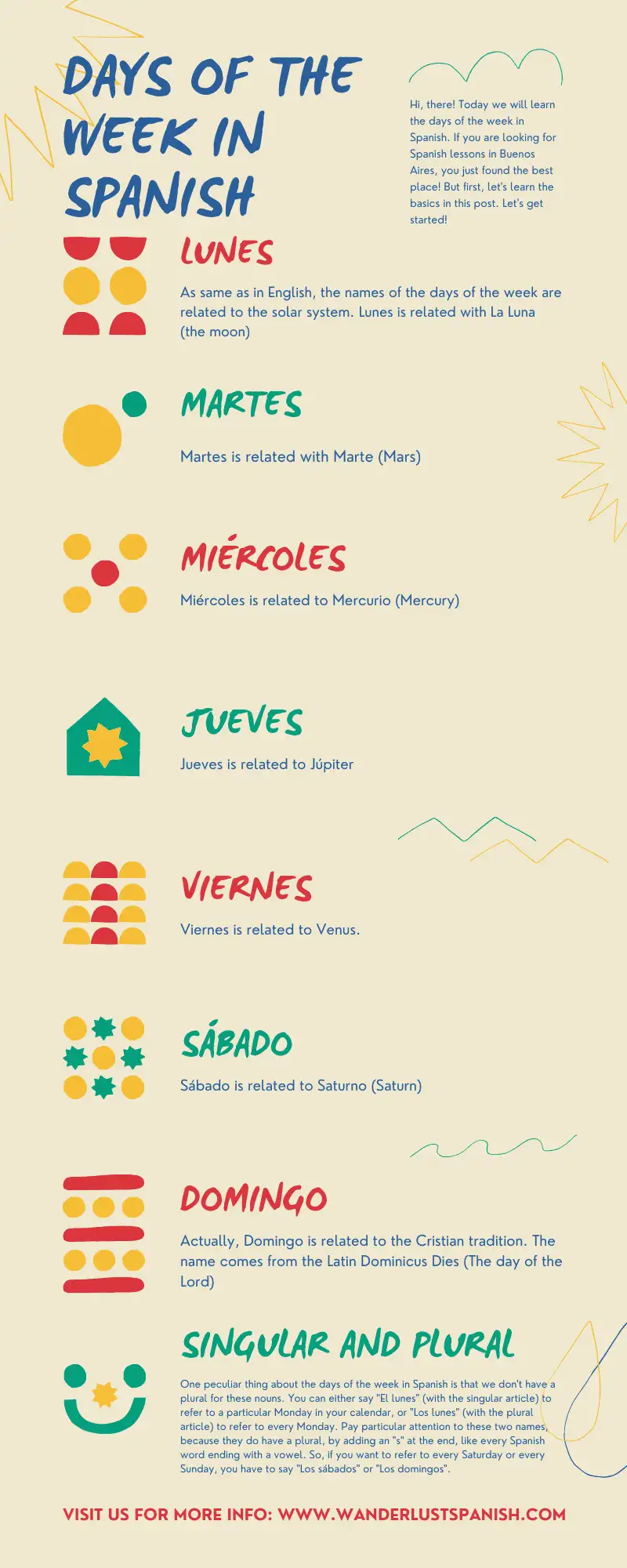In the other post about the “abecedario”, we already studied how many letters are in the spanish alphabet and learnt that the letter ñ is nowadays, the only one that doesn’t exist in english. Let’s see a little bit more about this curious letter.
The use of the letter ñ in spanish
Contents
The letter “eñe” is formed by adding a tilde (also known as virgulilla) above the letter N. It sounds similar to the N and the I together, like for instance in the word “spanish”. It could be tricky in some words to know when to use the Ñ and when yo use N+I. Let’s see some examples:
- Niño (kid): In this case we have an N + I together and then the Ñ. We pronounce it as “ninio”, but we write it with the ñ in the second syllable.
- Nieve (snow): Here we have a word that starts with “Ni” and we don´t use the Ñ.
- Ñoqui (gnocci): The pronunciation here is also like N+I but we write it with the eñe.
- Compañía: This last case, we have both the Ñ and the N+I together.
History of the letter ñ in the Spanish Alphabet
This letter became part of the Spanish alphabet in the eighteenth century when it was first formally defined. It appeared as an abreviation for the doble N (nn), using the tilde as a short form of writing the second n, but over the first one. Back in the 12th century, the monks had to write everything by hand so this way, they were able to write faster and also use less paper. Nowadays this letter has an important cultural significance for the spanish language and they consider it a letter in its own right. Furthermore, it has its own name, and its own place in the alphabet, meaning that it is not just a letter with a diacritic mark.
There are other lagnuages that use this letter too. In Latin America, some of the indingenous communities adopted the letter ñ to their own languages after the arrival of the Spaniards. If you want to learn more about the history of Latin America, check out this video!
How to type the ñ with the keyboard
If you don’t have an spanish keyboard but you want to write this letter, you have two different options to do it:
- Hold the Alt key and type either 165 (to type an upper-case Ñ) or 164 (to type a lower-case ñ).
- Press Alt + Shift to change the settings of the keyboard and then use the button next to the letter L to wirte the Ñ.









